PIEVC Catalogue — A Guide for Selecting Climate Risk Assessment Methods, Data, and Supporting Materials
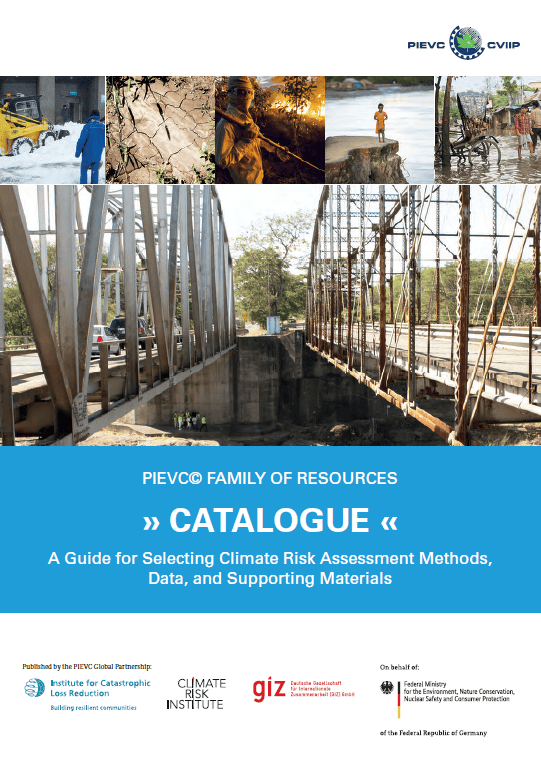
The PIEVC Catalogue is designed to help decision-makers navigate through the different considerations and options for assessing climate change risk and resiliency using the PIEVC Family of Resources. The catalogue guides the users through the objective-setting process and based on their objectives, helps them choose the optimum assessment paths and tools.
Climate Risk Management for infrastructure as part of the NAP in Costa Rica
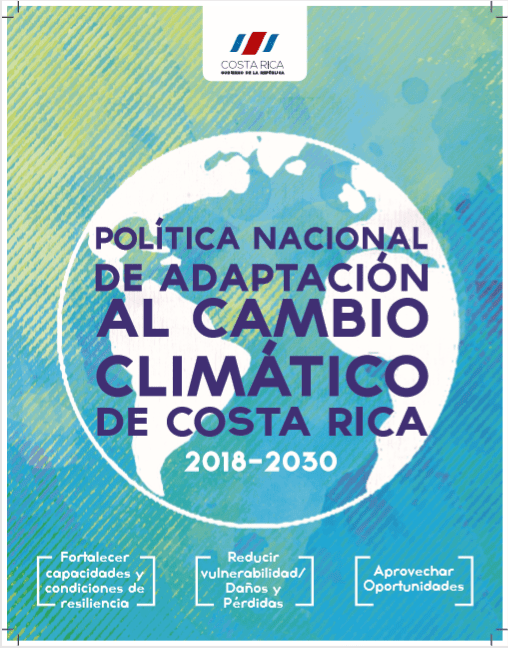
For the transition into a carbon-neutral economy Costa Rica launched in July 2018 an ambitious NAP towards a resilient and decarbonized development with a transformative vision. The fact that 34% of the hydrometeorological losses were related to the infrastructure sector, shed a light on the vulnerability to climate extreme events of this sector. Hence, climate risk management (CRM) for infrastructure has been mainstreamed into the NAP throughout two complementary axes.
Cai Lon – Cai Be sluice gate climate risk assessment
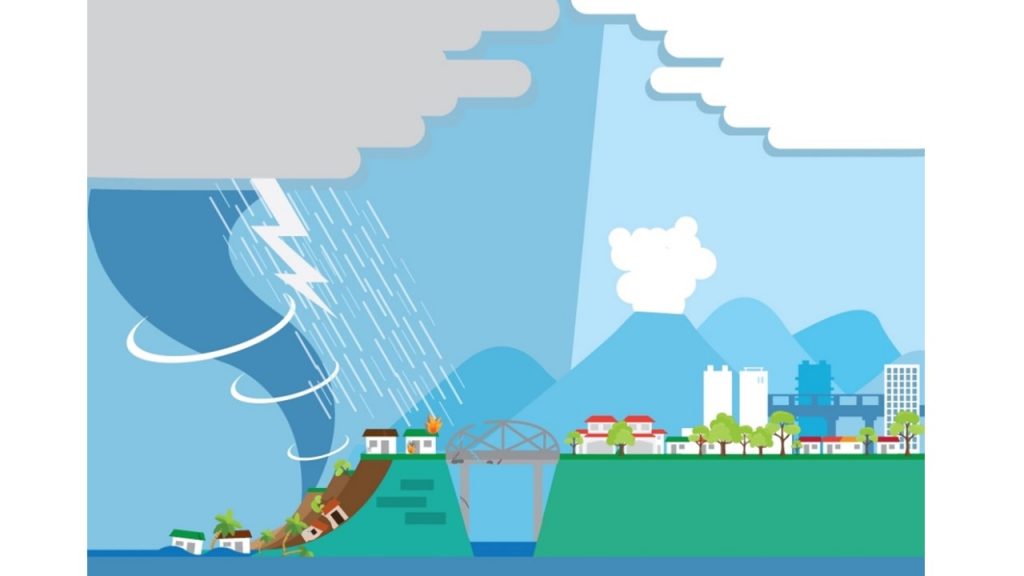
An infrastructure-oriented climate risk assessment was piloted for the planned Cai Lon – Cai Be sluice gate system project in the Mekong Delta– an infrastructure investment by the Government of Vietnam with an estimated budget of USD 145 million, starting from 2018 until 2021 with a significant function to prevent salt water intrusion, especially with regards to higher probabilities of severe droughts.
A recipe for the service of climate risk assessment

To facilitate and streamline the replica of the Cai Lon-Cai Be sluice gate climate risk assessment in Vietnam, this document provides a detail description of the kind of services needed. Based on the structure of a typical recipe, the provided services are divided in three components; procedure, quantity and costs.
Climate risk assessment on infrastructure: A report about the bridge over the Tempisque river in Guardia, Costa Rica
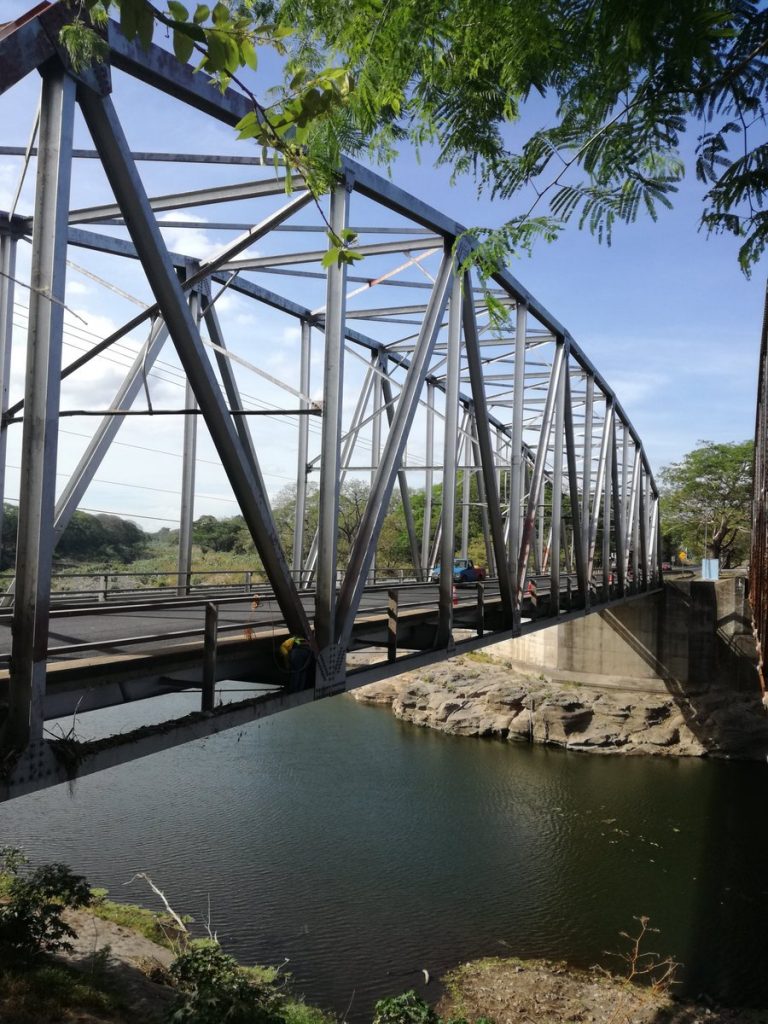
In a nutshell, the report provides decision-makers with necessary information to adopt adaptation measurements towards the maintenance and operation of a climate-resilient bridge. Of equal importance is the development of capacities among as well as the mainstream of the approach. Lastly, the assessment has incentivised to develop of a climate risk assessment tool tailor-made to the Costa Rican context.
Guide de bonnes pratiques pour la conduite d’études de vulnérabilité aux changements climatiques en Afrique de l’Ouest
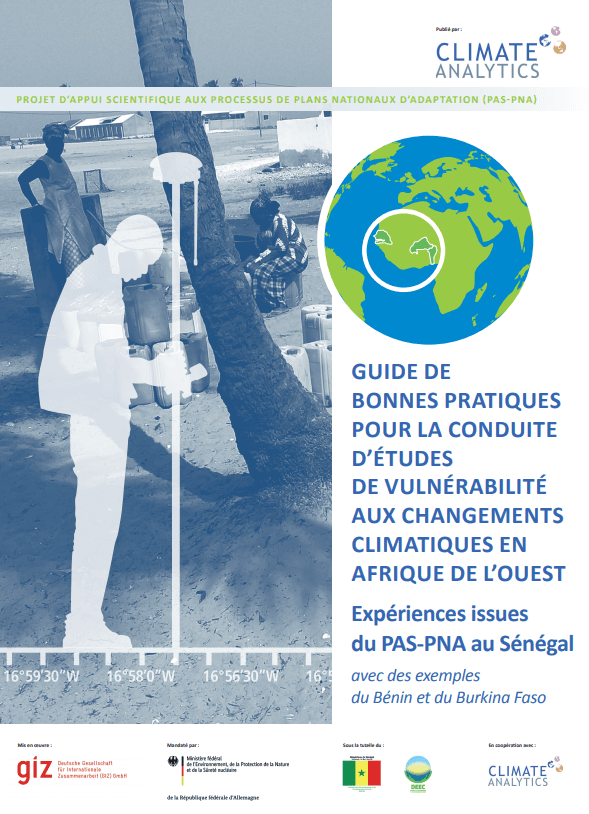
Ce guide pratique vise à présenter les approches utilisées par Climate Analytics dans le cadre du PAS-PNA (co-développement des méthodes et renforcement des capacités) ; à partager les leçons apprises et identifier les pratiques qui fonctionnent bien ; et à fournir un cadre de référence qui puisse permettre aux acteurs/parties-prenantes de reproduire les études de vulnérabilité à travers une approche de renforcement de capacité et en utilisant une méthodologie robuste.
Comprendre et interpréter les sorties de modèles climatiques pour la conduite des études de vulnérabilité
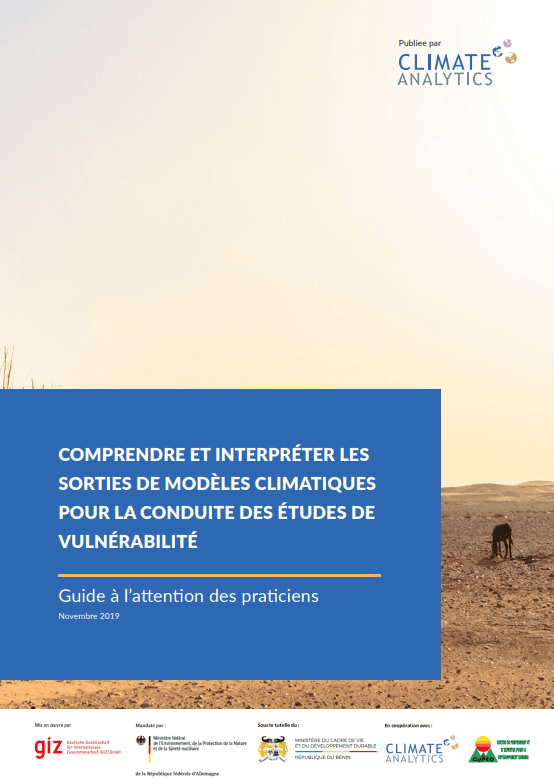
Guide à l’attention des praticiens et des chercheurs pour se familiariser avec une gamme variée de sorties de modèles climatiques et pour analyser les résultats des modèles suivant leur contexte.
Case Studies on Integrating Ecosystem Services and Climate Resilience in Infrastructure Development: Lessons for Advocacy
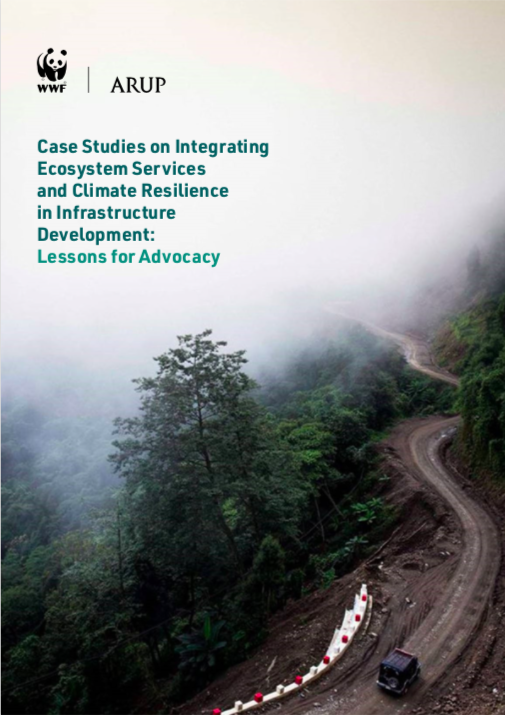
With support from GIZ, WWF and Arup conducted a review of innovative practices across several regions of the world that integrate both ecosystem services and climate change projections in planning and design. With 60% of the land expected to be urbanized by 2030 yet to be built, alongside an estimated 25 million km of new roads by 2050, there is urgent need to identify and replicate practices that preserve ecosystem services, enhance climate resilience and mitigate the expected effects of climate change.
The Roles of the Private Sector in Climate Change Adaptation – an Introduction
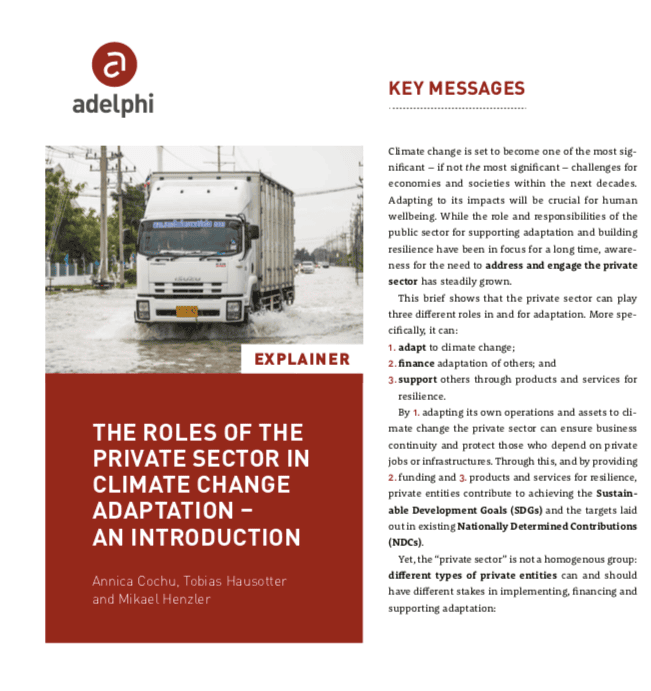
This introduction shows that companies of any size, private associations and cooperatives, banks and investors as well as insurance companies can play three different roles in and for adaptation. They can adapt to climate change, finance climate adaptation of others and support others through products and services for resilience.
Évaluation de la vulnérabilité aux changements climatiques : Exemples d’études d’impacts et de vulnérabilité à différentes échelles

Cette session en ligne est la septième d’une série de sessions en ligne sur le processus de Plans Nationaux d’Adaptation (PNA) aux changements climatiques. Les sessions en ligne sont organisées dans le cadre du réseau d’échange des praticiens sur le processus PNA du « Projet d’Appui Scientifique aux processus de Plans Nationaux d’Adaptation (PNA) dans les pays francophones les moins avancés d’Afrique subsaharienne (PAS-PNA) ».
